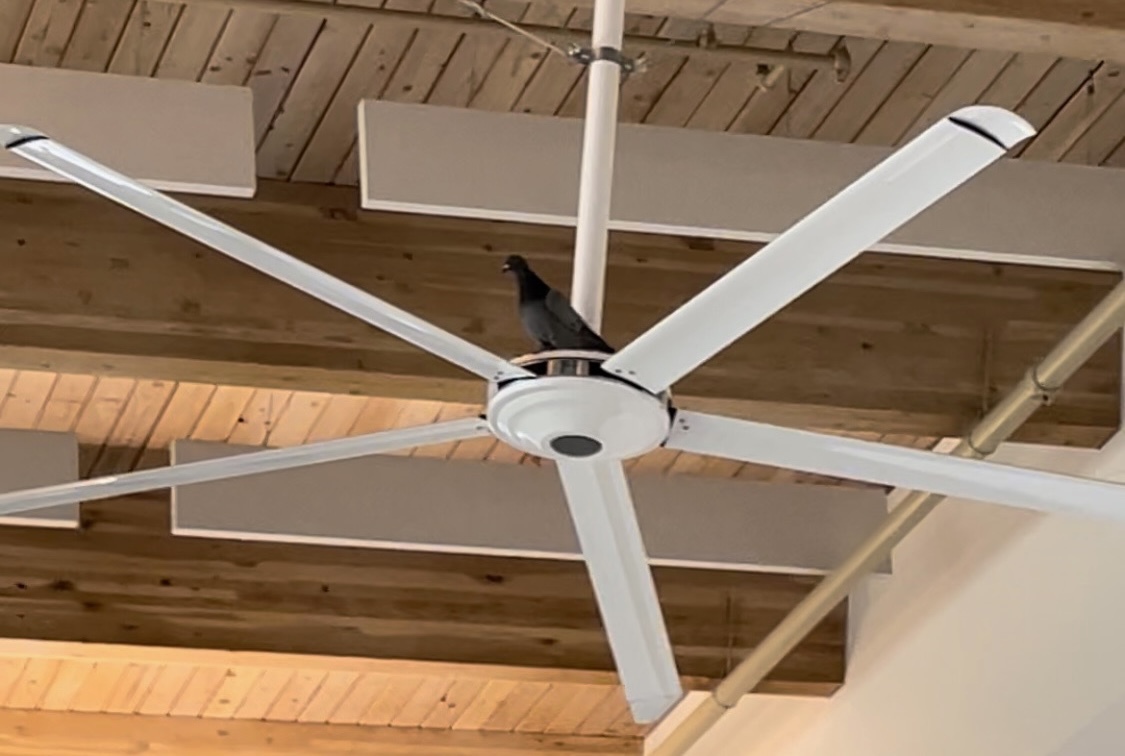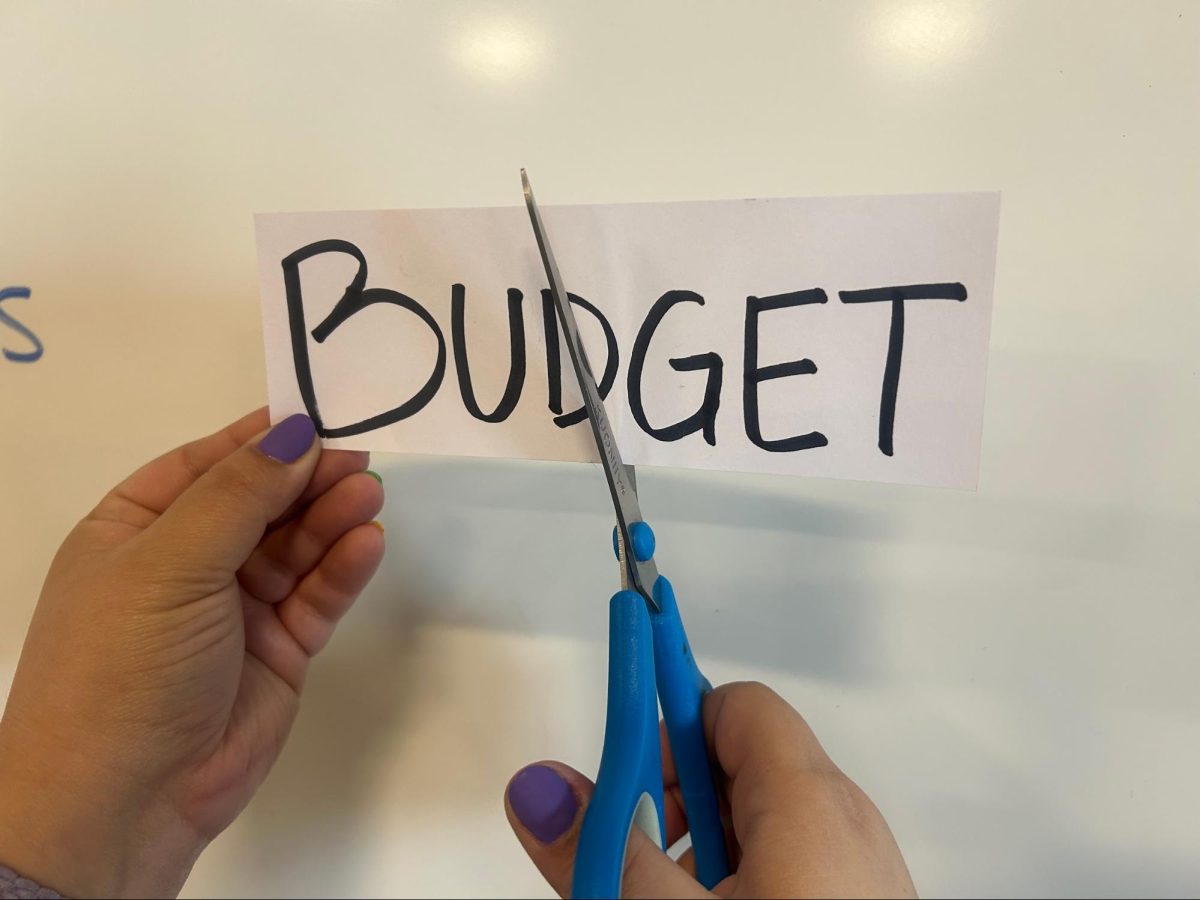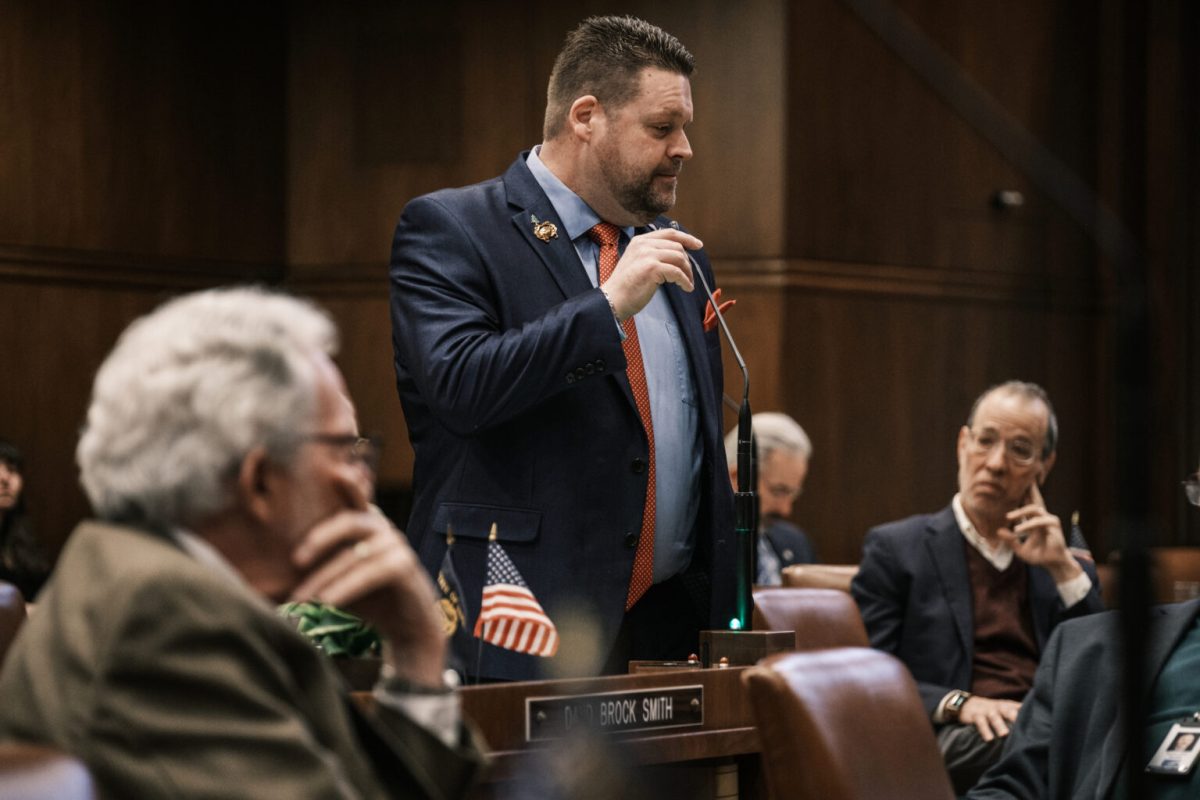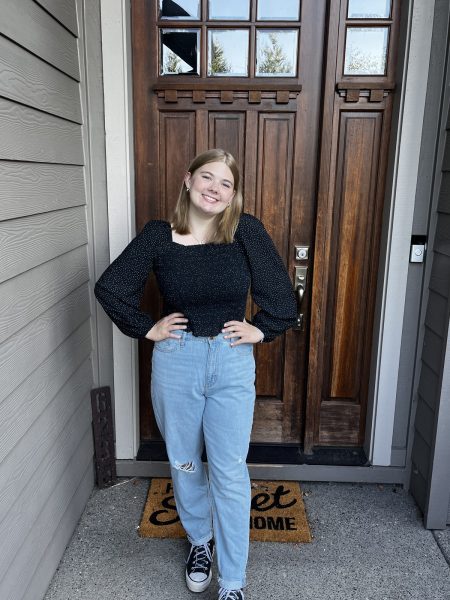The students who ate in the commons during first lunch had no intention of dining with a pigeon, but on Tuesday, October 10th, their lunchtime was unexpectedly interrupted. Videos were taken of the pigeon flying between light fixtures, perching by the auditorium entrance, and even attempting to escape through a very solid glass window.
Many students gawked at the bird, some even threw pieces of their lunch to see how it would react. But besides flying into the window, the pigeon didn’t seem to mind the high schoolers, and wasn’t very inclined to leave. The pigeon was there at the beginning of first lunch, but was able to make its way out before second lunch.
As students continued on with their lunches and eventually bid their feathered guest farwell, not many gave the pigeon much more thought. And while the encounter may not have raised many questions, it’s important to acknowledge that pigeons, like the one that visited Barlow, are becoming increasingly reliant on humans.
If you were asked to think about pigeons, you would probably envision them sitting on rooftops and window ledges, rather than the rocky cliffs and ledges they frequent in the wild. You most likely associate them with big cities and urban areas like New York and Portland, but why is that? When did pigeons stop eating grains and seeds, and start trying to eat from the Barlow cafeteria?
Pigeons are currently labeled as an invasive species in North America by the USDA (United States Department of Agriculture). But before they became an issue, pigeons used to be a vital piece of human culture and society. Pigeons were domesticated for food, much like chickens and turkey, and were often used as an early communication system before the telephone. People would attach their messages to the pigeons as far back as 3,000 years ago, and carrier pigeons were utilized as late as WWII.
Unsurprisingly, pigeons didn’t originate from America; they were brought overseas by Europeans. They were viewed as livestock, but the birds eventually spread throughout the country and became feral. A feral animal is a domesticated animal that begins to adapt to a wild environment. Pigeons stopped being viewed as useful, and became commonly referred to as vermin.
After being suspected of carrying disease, pigeons became known as rats with wings- public enemy number one. They were no longer useful to people, but they had also adapted past living in the wild. The reputation of pigeons hasn’t improved much since the 40s, and they are pretty widely disliked. Despite this, it’s important to note that pigeons are not the monsters they are portrayed to be. It is very unlikely that you will ever get a disease from a pigeon.
Maybe the pigeon that visited Barlow just needed a friend, or maybe it was a little hungry. Although it is highly unlikely to occur again, remember to be kind to the avian visitors of Barlow, and maybe share a couple fruit snacks with them.








